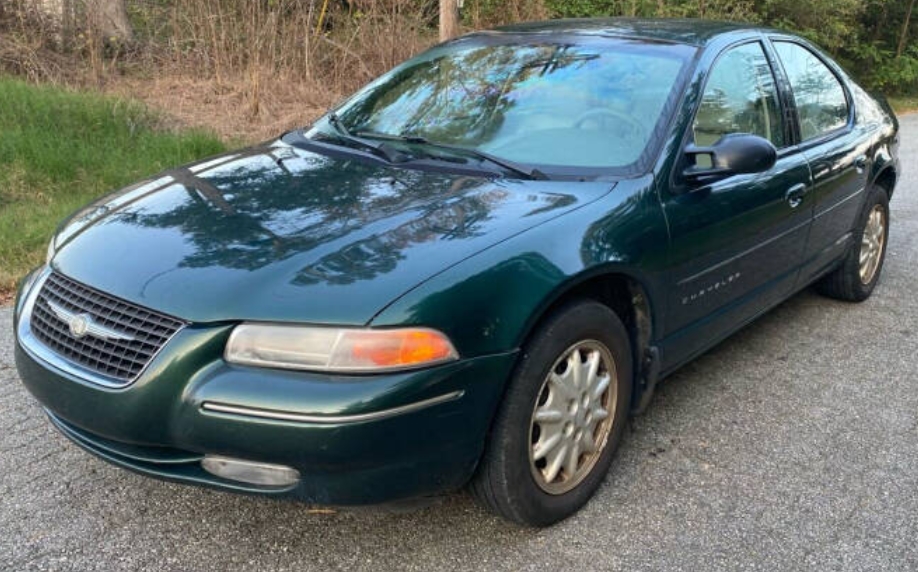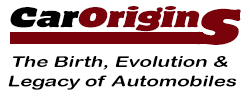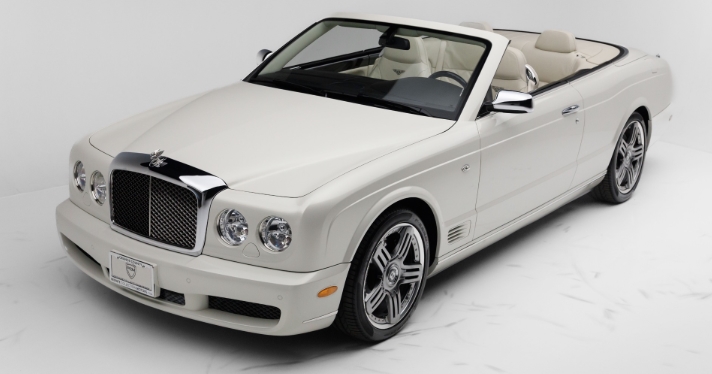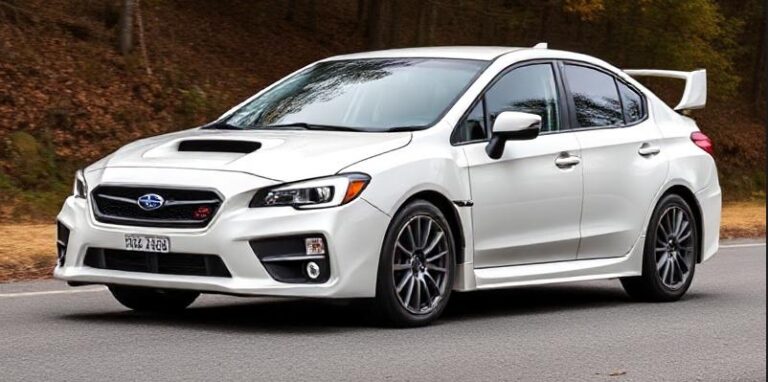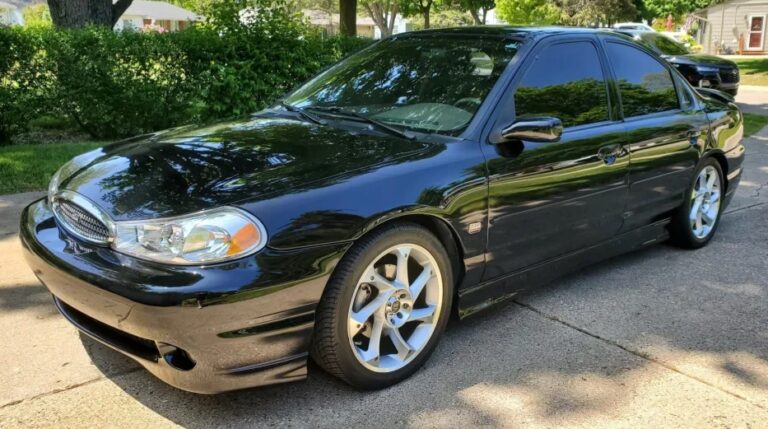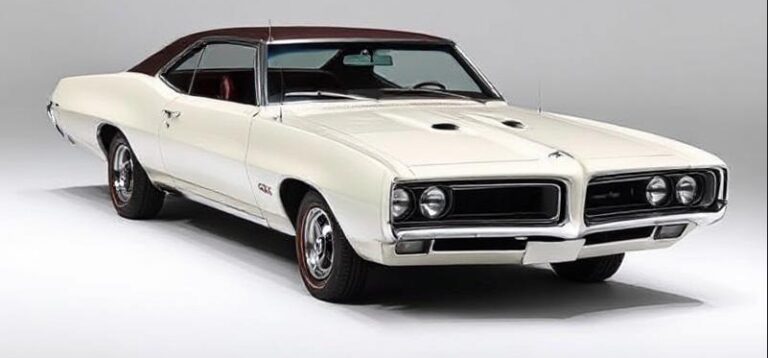The Evolution of the Chrysler Cirrus: A Look Back
The Chrysler Cirrus, a mid-size sedan that played an important role in Chrysler’s lineup during the 1990s and early 2000s, represents an important chapter for both Chrysler and the American automotive industry. Launched amid the era of significant innovation in automotive design, the Cirrus gained a reputation for its stylish looks, comfortable interior, and economical performance. In this article, we’ll delve into the Cirrus’s evolution, covering the model’s production years, various trim levels, and the broader context surrounding its development.
Production Years: 1995 to 2000
The Chrysler Cirrus was manufactured from 1995 to 2000, a six-year span during which it became a prominent offering in the mid-size sedan market. The vehicle was a part of Chrysler’s “Cloud Car” line, which also included the Dodge Stratus and Plymouth Breeze, all developed on the same basic platform.
1995: Introduction of the Chrysler Cirrus
The Chrysler Cirrus was introduced in 1995 and immediately made an impact with its sleek, aerodynamic design. Borrowing from the design language of its sibling models, the Cirrus featured rounded edges and a modern aesthetic. Its name, “Cirrus,” is derived from the Latin word for ‘curl’, which also relates to the type of cloud, symbolizing its smooth, flowing body lines.
Initially, the Cirrus was available in two main trim levels: Base and LX. The base model offered essential features while the LX trim level added creature comforts such as power windows, an upgraded audio system, and enhanced interior materials.
Under the hood, the Cirrus was offered with two engine options: a 2.4-liter inline-four engine generating 150 horsepower and a 2.5-liter V6 producing 168 horsepower. Both engines were mated to either a five-speed manual or a four-speed automatic transmission.
1996: Expanding Feature Availability
In 1996, the Chrysler Cirrus continued to gain traction in the market, slightly tweaking the available features and adding new options for buyers. Notably, the introduction of a touring-oriented LXi model came with more premium features, including leather upholstery and an upgraded sound system.
This year could also be seen as a turning point for the brand as Chrysler began to focus more on safety and reliability. The Cirrus started to receive higher safety ratings, attributed to its sturdy construction and the integration of features such as front airbags.
1997: Enhanced Performance and Refinements
By 1997, Chrysler introduced various refinements to the Cirrus lineup. The company rolled out the Cirrus Special Edition, offering exclusive color options and upgraded interior features. This limited edition model was designed to enhance the vehicle’s market appeal.
Additionally, the visibility and handling of the Cirrus were improved through adjustments to its suspension system, providing drivers with a more confident driving experience. The model came under increased scrutiny from competitors, particularly as brands like Honda and Toyota began introducing their own mid-size sedans.
.
THIS could come in handy for your auto garage (and everywhere else!).

.
1998: A Major Refresh
The year 1998 marked a significant refresh of the Cirrus, leading to a more modern exterior design and updating the dashboard layout for improved ergonomics. Key updates included a redesigned front fascia, improved materials in the cabin, and a revised rear end.
Chrysler also introduced the Cirrus Convertible, expanding the model’s appeal to those interested in a sporty, more aspirational vehicle. Equipped with a power-operated soft top, the convertible version of the Cirrus drew attention for its stylish design and practical performance.
In terms of engine offerings, Chrysler continued to provide buyers with the option of either the four-cylinder or V6 engines, but a more efficient version of the 2.5L engine was introduced, improving fuel economy without compromising power.
1999: Continuing its Legacy
The Chrysler Cirrus continued to build on its reputation in 1999 with minor updates. A new trim level, the Limited, was introduced, which included rich leather interiors, premium audio systems, and additional luxury features that appealed to buyers seeking a more upscale experience.
Safety standards continued to rise, and the Cirrus was equipped with improvements such as side-impact airbags, enhancing its appeal in a market increasingly focused on driver and passenger safety. The overall build quality was regarded as improved, having garnered praise for its fit and finish relative to competitors.
2000: The Final Year
By the year 2000, Chrysler decided to phase out the Cirrus, with production concluding in December of that year. Despite being discontinued, the Cirrus left behind a legacy of innovation during its relatively short production run.
The 2000 model saw minimal changes from the previous year, but it remained focused on comfort, convenience, and safety. This year marked the conclusion of the Cirrus’s run, which means that the final trim levels produced included the Base, LX, LXi, and Limited. This last model year intensified the competitive tension among mid-size sedans, capturing the essence of 90s automotive style while foreshadowing the advancements in design and technology that would define the automotive industry in the new millennium.
Legacy of the Chrysler Cirrus
In the grander scheme of Chrysler’s history, the Cirrus was notable not only as a product of its time, but also as a testament to the automaker’s shifting priorities towards design, comfort, and safety. The model helped bolster Chrysler’s presence within the competitive mid-size sedan segment, offering a stylish option at a time when consumers were seeking vehicles that blended aesthetics with functionality.
Throughout its production years, the Chrysler Cirrus became an increasingly popular choice among drivers seeking reliability and comfort. Although the Cirrus itself was eventually overshadowed by a new wave of sedans and an entire generation of evolving automotive technology, it holds a cherished spot in the hearts of many car enthusiasts and former owners who remember it fondly as a product of an era where design and practical performance reigned supreme.
Ultimately, while the Cirrus may no longer be in production, its contributions to the automotive landscape and the foundation it laid for future models continue to resonate with both Chrysler and the wider automotive community.
